Standing on a high peak during a lightning storm is not recommended but not long ago, men and women endured the storms in small towers on those peaks by sitting on chairs with glass insulators around the bottom of chair legs. A risky yet crucial job when the only means of detecting wildfires was with the human eye.
Fire lookout towers once stood on practically every high ridge or peak in Boundary County, 71 towers/cabins/camps in all–only a fraction remain standing. Of the 989 towers/cabins that once occupied the high ridges of Idaho, only 196 are still standing.
The lookout towers were the main fire detection system in the early and mid-twentieth century. After the Great Fire of 1910, early fire detection became a priority for the U.S. Forest Service and they began constructing fire lookout towers.
In the twenties and thirties, when most of the fire lookout towers were first constructed around here, there was no road system like we have today. Trails from the valley bottom led to the various peaks. A trip to the Bethlehem Mountain lookout was a lot shorter than a trip to West Fork lookout.
The Forest Service had mules and horses in pack-strings that serviced the lookouts via the trails which we now hike. Sometimes it would take one-and-a-half months for a pack string to haul in all the supplies necessary to build a tower.
Once built, the towers were manned during the summer by “lookouts”. In the early days when a fire was detected, a lookout would signal to another lookout closer to the ranger station via heliograph mirrors. The mirrors reflected sunlight and a series of short and long flashes were used like Morse code. Flashes could be seen 50 miles and were relayed between towers until the lookout closest to the ranger station received the message and ran down the trail to the ranger station. This only worked on sunny days.
After the telephone started becoming widespread in 1910’s, hundreds of miles of No. 9 galvanized wire was stretched from tree to tree to connect every lookout to a dispatcher. Fires were reported by telephones placed in the towers and along the trail (which were weather-proof and bear-proof).
Short sections of telephone wire and associated porcelain insulators can still be found–sometimes in the most surprising locations. There is a piece of telephone wire going off the northeast side of Phoebe’s Tip, which is a challenge to climb let alone string telephone wire down.
By the mid-thirties, telephones were being phased out as radios became the main source of communication between towers. Airplanes, helicopters, sensitive infra-red sensing devices and other technology started replacing the need for lookouts in the 1960’s.
Many of the towers and cabins have been destroyed or abandoned. Abandoned ones will eventually succumb to the elements, such as the Roman Nose lookout toppling over not too long ago. Towers and log cabins on Cutoff Peak, Burton Peak and West Fork Ridge are a few of the ones still battling the elements.
Remnants still remain of others, such as concrete footings on the Mollies, Smith Peak, and a concrete box on Goat Mountain. Deer Ridge and Shorty Peak lookout remain in excellent condition and are available for rental, allowing one the chance to be a “lookout” for a day.
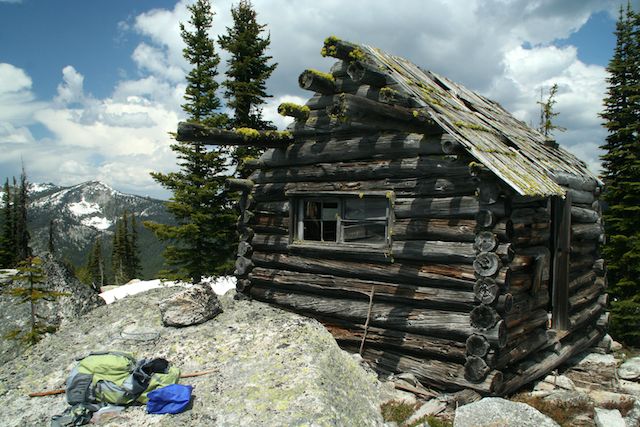
Originally published March 2011. Updated June 2024.

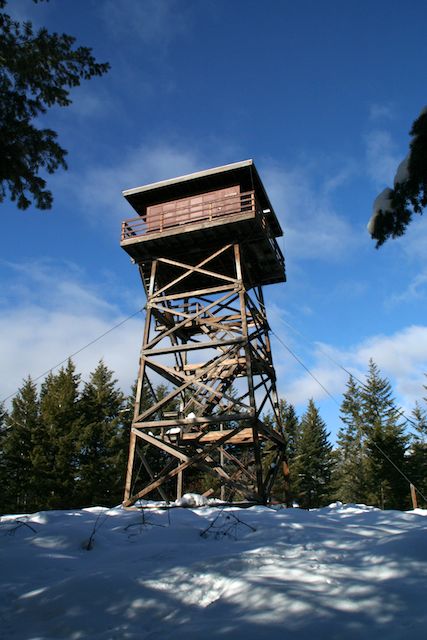
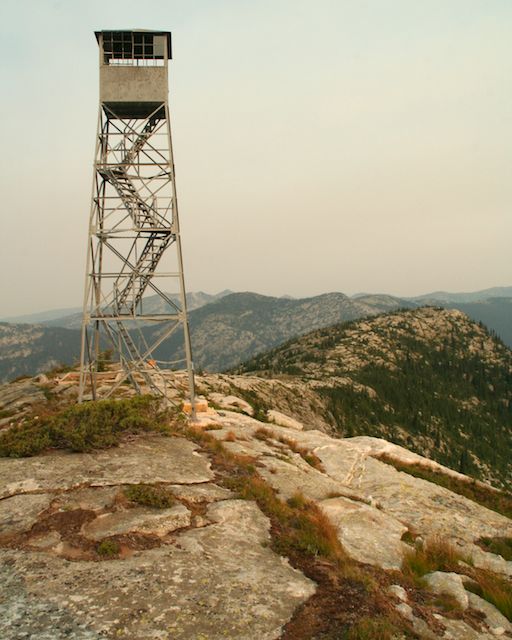
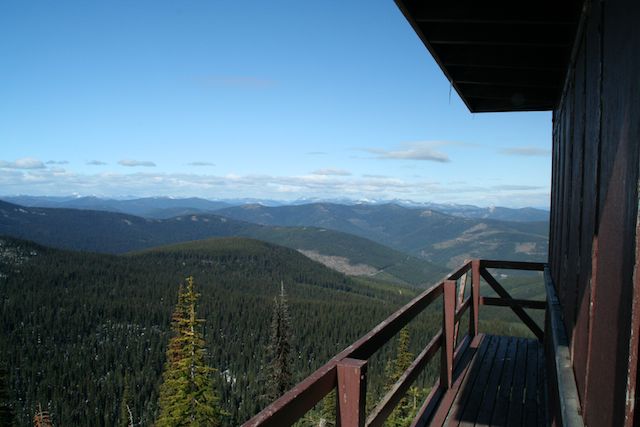
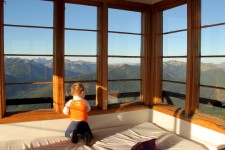
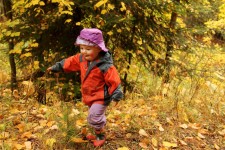
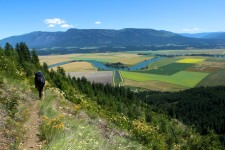
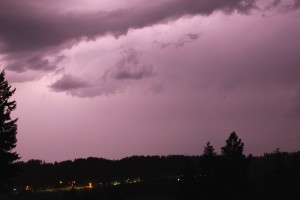
Hi, my Gramps built many of the towers in this part of the country, some twice. I believe that Roman nose was one, and that my Dad worked with him in the old days on the earlier tower. Gisborne is a another he built twice. When I was young, we visited the new tower at Gisborne near completion, with the old one still standing nearby. 195? or early 60s